Asparagus, a vibrant and nutrient-rich vegetable celebrated for its delicate flavor and crisp texture, is a seasonal delight that graces dinner tables and gourmet dishes alike. However, its short post-harvest lifespan often poses a challenge for home cooks and food enthusiasts. Understanding how to store asparagus properly can transform this ephemeral ingredient into a lasting culinary asset. This article delves into the science and practicality of preserving asparagus, exploring optimal storage conditions, innovative techniques, and common pitfalls to avoid. By mastering these strategies, you can enjoy this verdant treasure for days—or even months—beyond its typical window of freshness.
The Perishability of Asparagus: Understanding the Basics
Asparagus belongs to the lily family and is botanically classified as a young shoot. Unlike heartier vegetables such as carrots or potatoes, its tender composition makes it highly susceptible to deterioration. Immediately after harvest, asparagus undergoes rapid cellular breakdown, driven by respiration—a metabolic process that converts stored sugars into energy. This activity peaks in the hours following harvest, accelerating moisture loss, wilting, and flavor degradation.
The vegetable’s unique anatomy further complicates preservation. Its spears are essentially immature stems, designed to funnel nutrients from the roots to the developing tips. Once severed from the plant, this supply chain is disrupted, leaving the spears vulnerable to dehydration and microbial invasion. The tips, being the most delicate part, are often the first to show signs of spoilage, such as darkening or sliminess.
Selecting the Freshest Produce: The First Step to Longevity
The journey to prolonged freshness begins at the grocery store or farmers’ market. When choosing asparagus, prioritize spears with firm, unblemished stems and tightly closed, vibrant green or purple tips (depending on the variety). Avoid bunches with limp stalks, wrinkled skin, or a strong odor, as these indicate advanced age or mishandling.
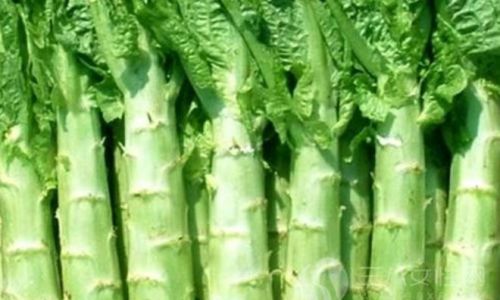
Size matters little in terms of flavor but can influence storage. Thicker spears, while meatier, may have a slightly fibrous texture if overcooked, whereas thinner varieties tend to be more tender. Regardless of thickness, uniformity in bunch size ensures even cooking and consistent aging.
Refrigeration: The Cornerstone of Short-Term Storage
Refrigeration is the most effective method for preserving asparagus’s quality over several days. However, simply tossing the bunch into the crisper drawer is insufficient. To maximize shelf life, follow these steps:
-
Trim the Stems: Immediately after purchase, slice off approximately ½ inch from the base of each spear using a sharp knife. This removes the dried, woody end and creates a fresh surface for water absorption.
-
Hydrate and Contain: Fill a jar or glass with 1-2 inches of cold water and stand the asparagus upright, ensuring the stems are submerged. Cover the tips loosely with a plastic bag to maintain humidity without trapping excess moisture, which can promote mold.
-
Optimize Fridge Conditions: Place the container in the refrigerator’s main compartment, ideally set between 32–36°F (0–2°C). Avoid the crisper drawer if it lacks humidity control, as excess dryness can accelerate wilting.
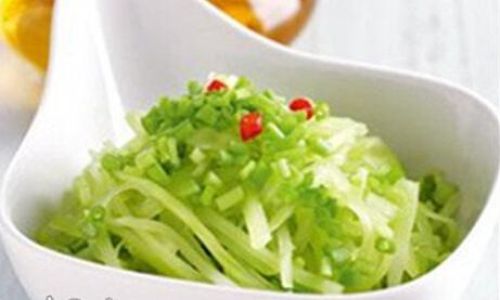
This method mimics the asparagus’s natural growing environment, allowing it to absorb moisture slowly while inhibiting bacterial growth. When stored correctly, asparagus can retain its crispness for 5–7 days.
Advanced Techniques for Prolonged Freshness
For those seeking to extend shelf life beyond a week, innovative storage solutions offer promising results:
-
Damp Paper Towel Wrapping: Wrap the trimmed spears in a damp paper towel, then seal them in a perforated plastic bag. The towel provides hydration, while the bag’s holes ensure airflow. Store this bundle in the fridge’s vegetable drawer.
-
Vacuum Sealing: Using a vacuum sealer removes air from the packaging, slowing respiration and oxidation. This method can extend freshness by up to 10 days but requires specialized equipment.
-
Ethylene Gas Management: Asparagus is sensitive to ethylene, a ripening hormone emitted by fruits like apples and bananas. Store asparagus away from ethylene-producing produce to prevent premature aging.
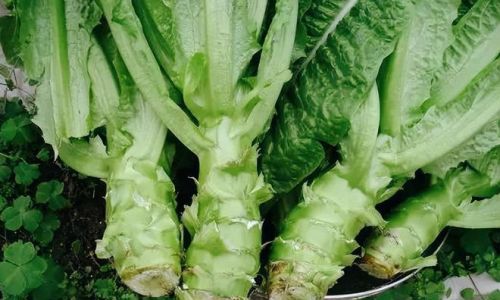
Freezing: The Ultimate Long-Term Solution
Freezing asparagus halts enzymatic activity and microbial growth, preserving its nutritional value for 8–12 months. However, blanching—a brief boiling process—is essential to maintain texture and color. Here’s how:
-
Preparation: Wash the spears and trim the ends. Sort by thickness to ensure even cooking.
-
Blanching:
- For thin spears (less than ½ inch thick): Blanch for 1–2 minutes.
- For thick spears: Blanch for 2–4 minutes.
Immediately transfer the spears to an ice bath to stop cooking.
-
Drying and Packaging: Pat the blanched asparagus dry with a clean towel. Arrange them in a single layer on a baking sheet and freeze for 1–2 hours (this prevents clumping). Transfer to airtight freezer bags or containers, removing as much air as possible.
Frozen asparagus is ideal for soups, stews, and casseroles. While its texture differs slightly from fresh, its nutritional profile remains largely intact.
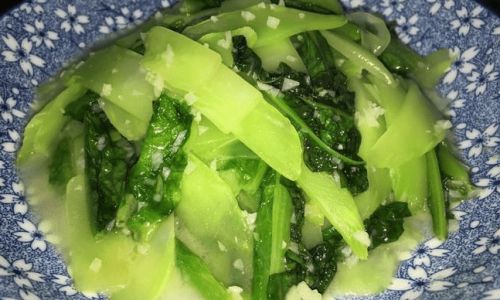
Avoiding Common Pitfalls
Even with the best intentions, errors in storage can compromise asparagus quality. Steer clear of these mistakes:
-
Washing Before Storage: Excess moisture accelerates spoilage. Rinse asparagus only before use.
-
Overcrowding: Packing spears too tightly in containers restricts airflow, creating humidity pockets that foster mold.
-
Ignoring Temperature Fluctuations: Frequent fridge door openings expose asparagus to warm air, shortening its lifespan.
Recognizing Spoilage: When to Discard
Knowing when to discard asparagus is crucial for food safety. Signs of spoilage include:
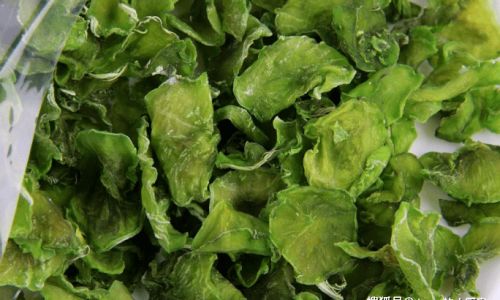
- Limp or Mushy Stems: Indicate cellular breakdown and dehydration.
- Darkened Tips: A result of oxidation or fungal growth.
- Foul Odor: A pungent, sulfur-like smell suggests bacterial decay.
- Slimy Texture: A clear sign of microbial activity.
The Nutritional Imperative: Why Freshness Matters
Asparagus is a nutritional powerhouse, rich in folate, vitamins K and C, and antioxidants like glutathione. These compounds degrade over time, making prompt consumption or proper preservation vital. Freezing retains most nutrients, while refrigeration slows but does not halt their decline.
Conclusion: Savoring the Season Year-Round
Asparagus’s fleeting availability is part of its allure, but with strategic storage, you can bridge the gap between harvest and table. By combining refrigeration best practices, freezing techniques, and vigilant spoilage monitoring, you can transform this seasonal gem into a year-round staple. Whether enjoyed in a springtime salad or a winter stir-fry, properly stored asparagus delivers a taste of freshness that transcends time.
In an era where food waste is a pressing concern, mastering preservation techniques is not merely a culinary skill but an environmental imperative. By extending the life of asparagus, we honor the labor of farmers, reduce our carbon footprint, and savor the simple joy of a perfectly crisp spear—long after the season has passed.






0 comments